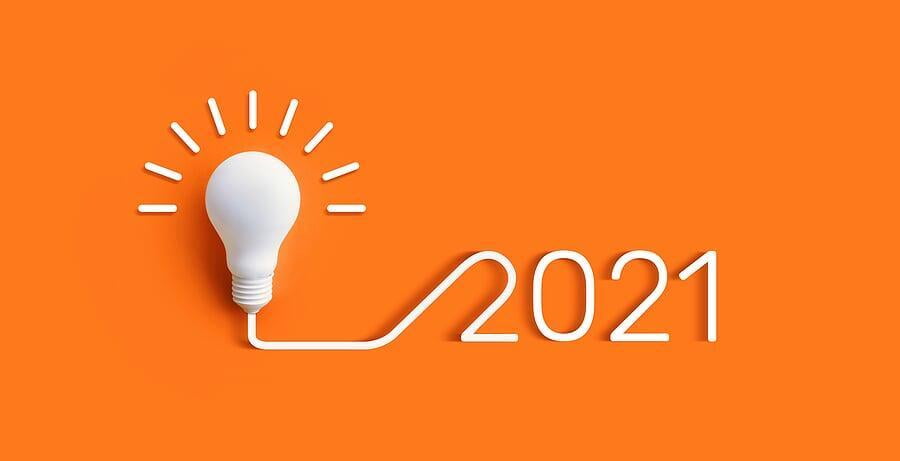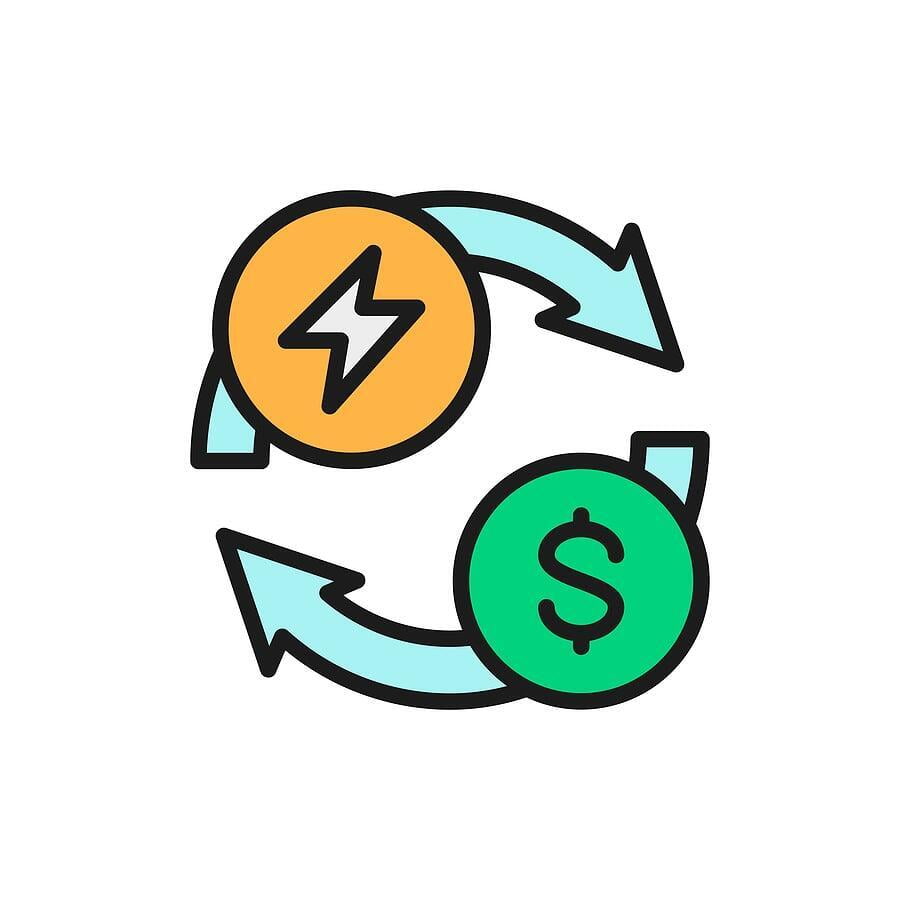
We might not have flying cars, but 2021 has plenty of other exciting technological advancements and trends to keep us busy - especially when it comes to energy management.
Based on new tech and innovations, we think the future is all about greater control and sustainability with less risk and lower costs. So whether you’re trying to save money on your energy costs, boost your sustainability efforts, or just stay ahead of the curve, you need to know these major energy trends.
Simple Energy Management with Networked Lighting Controls
When it comes to energy, more control usually means more savings. That’s why Networked Lighting Controls (NLCs) are a major trend in energy management right now.
An networked lighting controls solution allows you to send instructions from your central server to any devices or luminaries in the network. You can turn lights on and off and lower or raise brightness. Some NLCs allow you to connect to other devices as well, including your HVAC system.
Why are they going to be so popular in 2021? Here’s a short list of benefits of Networked Lighting Controls:
- Ease of Installation: For starters, they tend to be simple to install, which means you’ll save money on labor costs and can start making the most of your NLCs right away.
- Flexibility:NLCs are also easily adaptable -you can opt for wired, wireless, or hybrid systems depending on your existing energy set-up.
- Maintenance: When your entire system is connected, it’s easier to keep track of how everything is functioning and performing. If one aspect of your network needs maintenance or repair, you’ll get a daily report that details what part needs attention and why.
However, the biggest benefit of Networked Lighting Controls is the massive energy savings they offer commercial and industrial clients. In fact, a 2017 study done by the Design Lights Consortium found that NLCs can offer energy savings of 47%. That means you’ll slash your lighting costs by half!
Thanks to the ease of use, element of informed control, and major energy saving benefits, we think Networked Lighting Controls are going to be a major trend in energy management in 2021 and beyond.
Behind-The-Meter Generation
When it comes to the future of energy management, sustainability is going to be crucial. And solar energy is leading that charge, with renewable energy reliance expecting to increase by 50% in the next 3 years.
That’s where behind-the-meter (BTM) solar energy comes in. BTM refers to energy generated onsite, rather than energy generated offsite and then pumped into your C&I site, which is known as in front of the meter. Basically, BTM systems allow you to use power on your site without passing through a meter. Front of the meter systems provide power from off-site sources.
Excess power generated from BTM sources can either be sold back to the grid or stored for later use.
| Front of the Meter | Behind the Meter |
| Utility-scale generation | Solar PV installed on-site and tied in directly to the facility |
| Utility scale energy storage | Battery Storage |
| Transmission and Distribution | Microgrid |
Here are some of the benefits of behind-the-meter solar power:
- Sustainability: Energy sustainability is one trend that isn’t going anywhere soon - unlike our finite amount of fossil fuels. Behind-the-meter energy management allows you to generate your own power from renewable energy sources like wind, water, and the sun and store excess energy for later use.
- Save Money: Renewable energy often requires an initial investment, but you’ll definitely reap the rewards of savings down the line. If you can fulfill all of your own energy needs using sustainable means like PV panels, your energy costs will plummet after 6-9 years. You can also save money on demand charges by reducing your energy consumption during times when demand is high and using your stored power instead.
- Independence: BTM energy production and storage is becoming more important as extreme weather and natural disasters like California’s forest fires have shut off power to thousands of residents and businesses. With BTM generation, you don’t have to rely on outside sources for your power, and you can store excess energy to use during emergencies. So even if there’s a blackout or power outage, you can still operate normally.

BONUS TIP
When considering these comprehensive energy management trends it is important to also evaluate your commercial energy procurement strategies. Check out our 101 guide on energy procurement strategies for the modern facility.
Energy Project Financing
You might be sick of hearing about it, but we’re living in unprecedented times. The COVID-19 pandemic has forced a lot of companies to downsize, tighten their belts, and maintain a certain level of liquidity. Even after the pandemic is over, businesses around the world are still going to have to deal with the financial fallout. That’s why more and more businesses are considering financing their energy projects.
Energy project financing is really no different from other more common business equipment financing. One of the major benefits of energy project financing is structuring the lease so the expected dollars saved per month from installing energy efficient measures exceeds the monthly installment payment. So the result is your project could be cash flow positive from day one.
There are a growing number of financiers that focus on energy project financing. These energy project financiers understand how energy savings is calculated, and how utility rebates factor into project paybacks and ultimately how they can be applied to a financing package.
Along with more common projects considering energy project financing such as LED lighting packaged with networked lighting controls, other energy related projects are often prime candidates. From HVAC and refrigeration upgrades to renewable energy projects such as solar PV, energy project financiers are looking to finance these types of projects.
Another interesting option is energy-as-a-service (EaaS). This option allows customers to undertake energy efficiency projects with no upfront costs or service fees. Customers enter into a subscription based service agreement which may include asset and energy management strategies. Typically the agreement is specific to the customers needs and energy goals.
